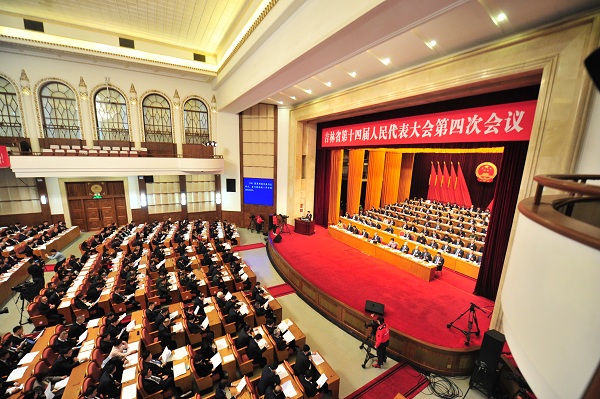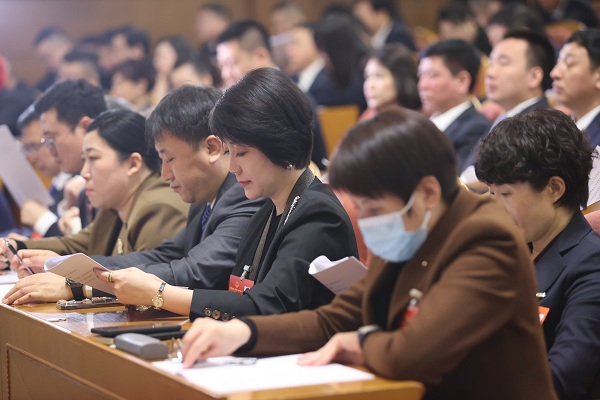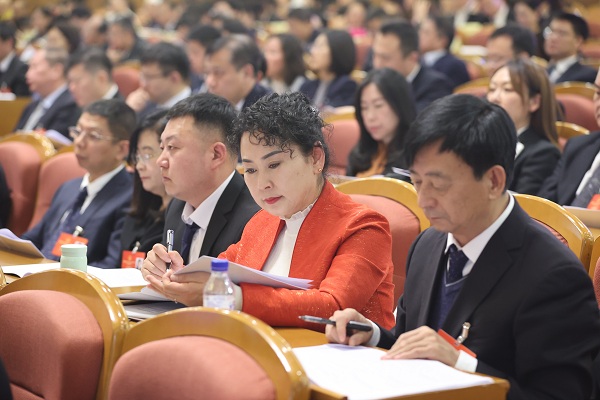Jilin puts forward new targets in 2025

The fourth session of the 14th Jilin Provincial People's Congress commences on Jan 14 in Changchun. [Photo provided to gojilin.gov.cn]
At the fourth session of the 14th Jilin Provincial People's Congress that commenced on Jan 14 in Changchun, capital of Northeast China's Jilin province, the achievements the Jilin government had made were summarized, and goals and targets to be fulfilled for this year were forwarded.

Deputies at the fourth session of the 14th Jilin Provincial People's Congress. [Photo provided to gojilin.gov.cn]
In 2024, a crucial year for achieving the goals of the 14th Five-Year Plan (2021-25), Jilin faced complex and severe domestic and international challenges. Despite multiple difficulties, such as insufficient demand and weakening expectations, the province overcame these obstacles with full force. The overall economic operation remained stable, and societal stability was maintained, reaching the year's expected development targets.
Key accomplishments included a vigorous effort to stabilize economic growth, nurture new, high-quality productive forces, and enhance modern large-scale agriculture. Other achievements included continuously increasing comprehensive grain production capacity, deepening reforms, expanding opening-up, and advancing the reform of provincial State-owned enterprises. Over 80 percent of additional financial resources were allocated to improving people's livelihoods.

Deputies at the fourth session of the 14th Jilin Provincial People's Congress. [Photo provided to gojilin.gov.cn]
The main targets for Jilin to fulfill this year include GDP growth of around 5.5 percent, a grain output of over 44 billion kilograms, a fixed asset investment growth of approximately 5 percent, a 6-percent increase in retail sales, and general public budget revenue growth of around 3 percent. Further targets include urban and rural residents' per capita disposable income growth outpacing economic growth, keeping the urban surveyed unemployment rate at around 5.5 percent, a consumer price index rise of about 2 percent, and a 2-percent decrease in energy consumption per unit of GDP.
To achieve these goals, the focus will be on eight key areas, including expanding domestic demand, promoting consumption and investment, advancing rural vitalization, integrating education, technology, talent, and industrial development, and deepening reforms with a stronger emphasis on effectiveness.
